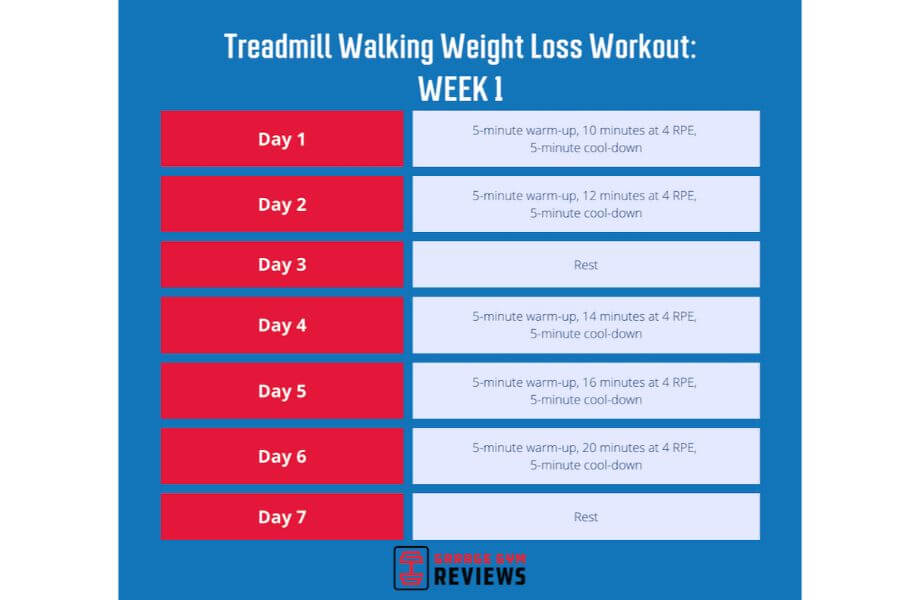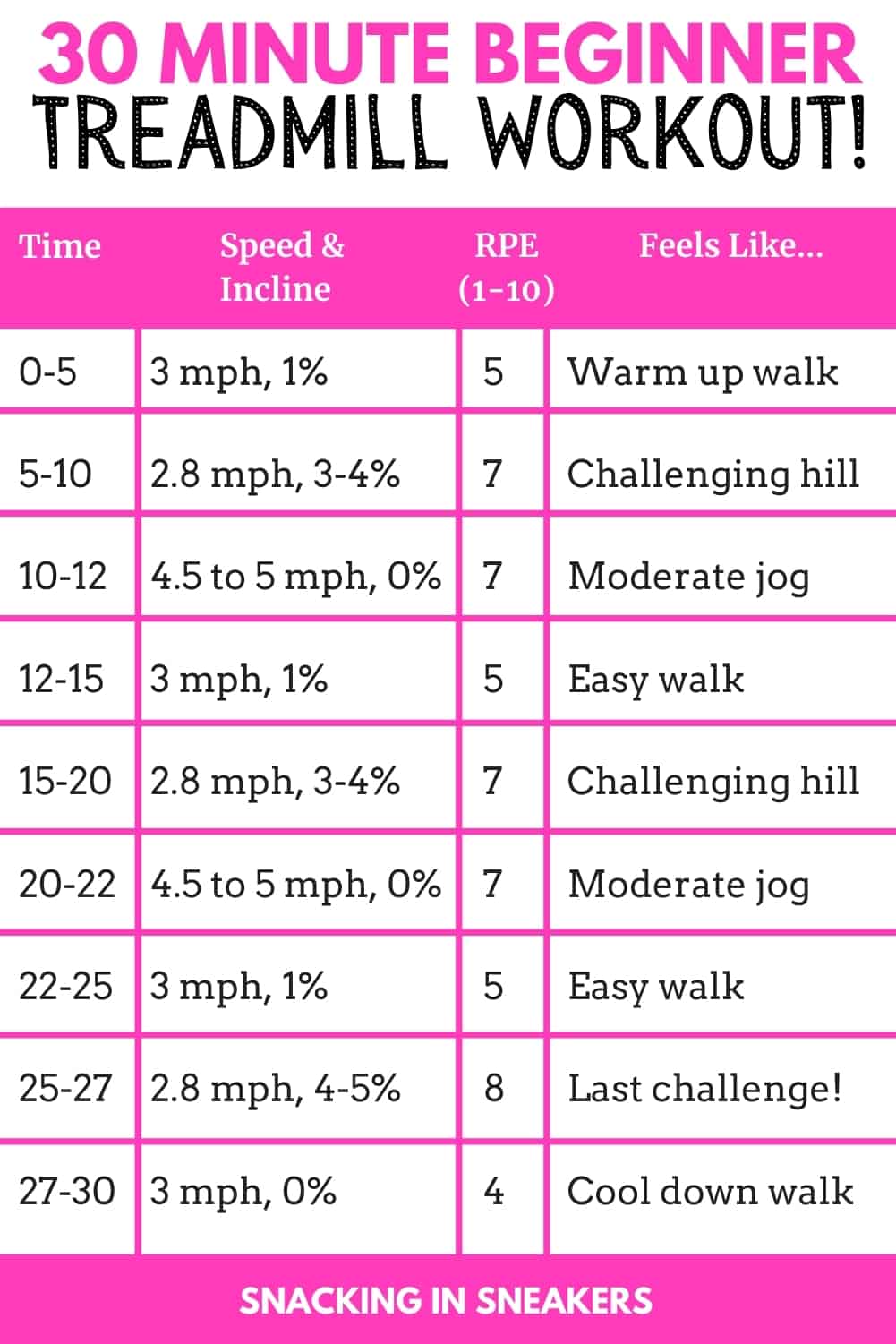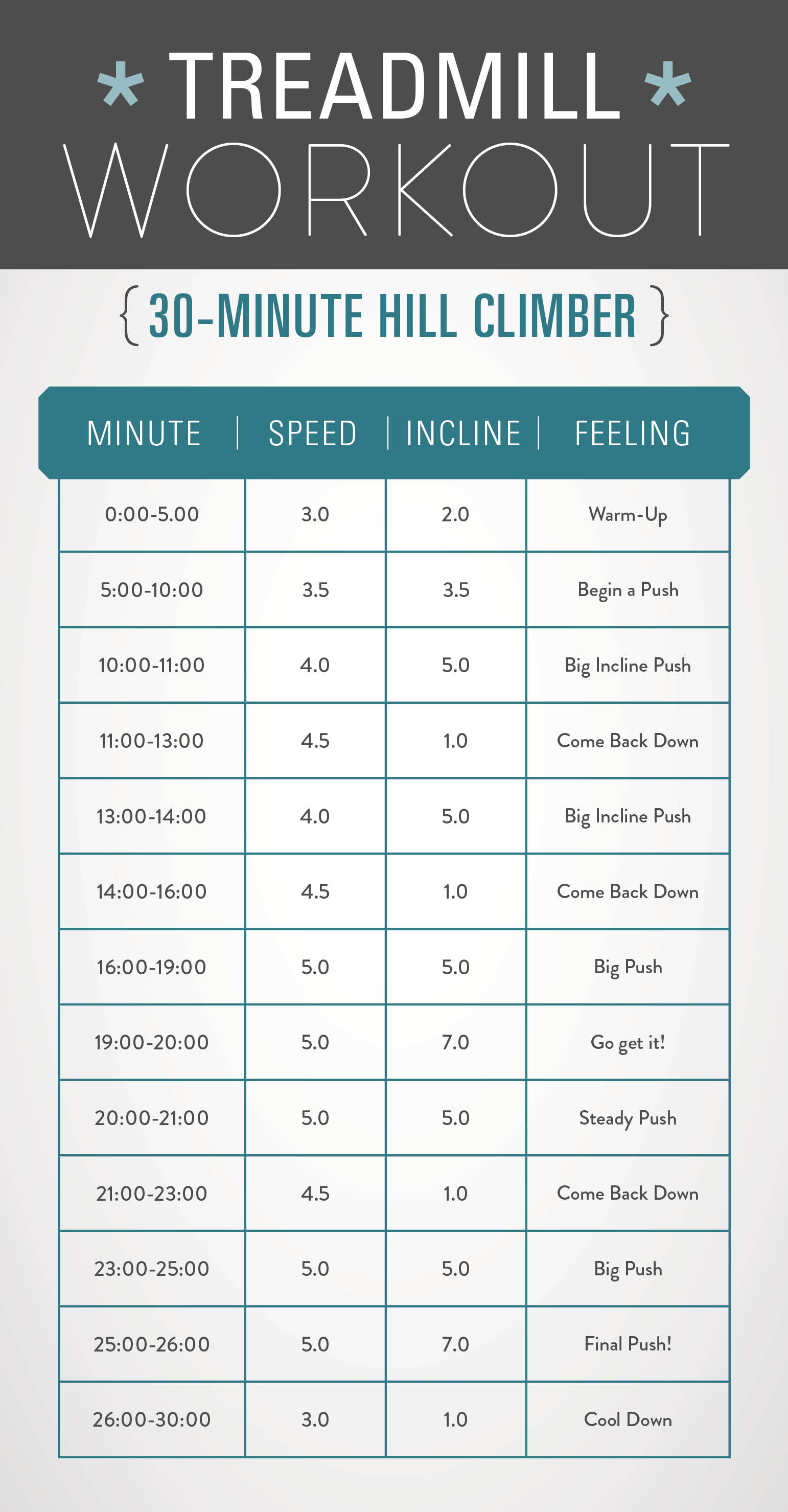Walking on a Treadmill: A beginner’s guide to losing weight. Discover invaluable guidance and insights tailored for beginners to optimize your treadmill workout routine and achieve weight loss goals.
In “Walking on a Treadmill: A Beginner’s Guide to Losing Weight,” you will discover a comprehensive approach to achieving weight loss through walking on a treadmill. This article provides invaluable guidance and insights tailored specifically for beginners. By utilizing the resources and advice offered, you will gain a clear understanding of how to effectively optimize your treadmill workout routine to attain your weight loss goals. Whether you are new to exercise or looking to switch up your current fitness routine, this guide will equip you with the necessary tools to embark on a successful treadmill walking journey.

Selecting the Right Treadmill
When it comes to selecting the right treadmill for your fitness journey, there are a few important factors to consider. First and foremost, you need to think about your budget and the available space in your home. Treadmills come in a range of prices, so it’s important to determine how much you are willing to spend. Additionally, you should measure the space where you plan to set up the treadmill to ensure it will fit comfortably.
Once you have a budget and space in mind, it’s time to think about the features you need in a treadmill. Some treadmills offer incline settings, heart rate monitors, and pre-programmed workouts, while others may have more basic features. Consider your fitness goals and preferences to decide which features are necessary for your workouts.
Another important factor to consider is whether you want a motorized or manual treadmill. Motorized treadmills are powered by electricity and allow you to adjust the speed and incline settings with ease. On the other hand, manual treadmills require you to use your own leg power to move the belt. While manual treadmills may be more affordable, they may not offer the same level of convenience as motorized ones.
Lastly, make sure to consider the size and weight capacity of the treadmill. Ensure that the treadmill can accommodate your height and weight comfortably to avoid any potential safety issues.
Setting Up Your Treadmill
Once you have chosen the perfect treadmill for your needs, it’s time to set it up for your workouts. Start by finding a suitable location in your home where you can place the treadmill. It’s important to have enough space around the treadmill for you to move freely and ensure your safety.
If your treadmill requires assembly, follow the manufacturer’s instructions carefully to put it together correctly. Pay attention to all the parts and make sure to tighten all the screws securely. It’s always a good idea to have someone assist you during the assembly process to ensure everything is done properly.
After the treadmill is assembled (if required), adjust the incline and speed settings according to your fitness level. Begin with a gentle incline and a comfortable walking speed. As you progress and get more comfortable, you can increase the intensity and challenge yourself by adjusting these settings accordingly.

Warming Up Before the Workout
Before diving into your treadmill workout, it’s crucial to warm up properly to prepare your body for the physical activity ahead. Start with a few minutes of light stretching to warm up your muscles and improve flexibility. Focus on stretching your calves, quads, hamstrings, and hips.
After stretching, proceed with a five-minute brisk walk on the treadmill. This will gradually increase your heart rate and warm up your muscles even more. This initial brisk walk will serve as a transition from a resting state to an active workout mode.
In addition to the brisk walk, it’s beneficial to perform warm-up exercises specific to walking. These exercises may include high knees, butt kicks, and leg swings. These movements will help activate the muscles used during walking and further prepare your body for the workout.
Creating an Effective Workout Plan
To make the most of your treadmill workouts and achieve your weight loss goals, it’s important to create an effective workout plan. Start by setting achievable goals for weight loss. Determine how much weight you want to lose and break it down into smaller, more manageable milestones.
Next, decide on the duration and frequency of your workouts. Aim for at least 150 minutes of moderate-intensity aerobic activity, such as walking, per week. You can split these minutes across different days based on your schedule. For example, you can walk 30 minutes a day, five days a week.
As you progress, gradually increase the intensity and duration of your treadmill sessions. Challenge yourself by increasing the speed or incline settings to keep pushing your limits. Incorporating interval training is also an effective way to boost calorie burn. Alternate between periods of high-intensity walking and recovery periods of lower intensity to challenge your body and improve your cardiovascular fitness.
Make use of the different treadmill programs and features available to you. Many treadmills offer pre-programmed workouts that simulate various terrains or target specific fitness goals. These programs can add variety to your workouts and keep you motivated.
Monitoring your heart rate during the workout is essential to ensure you are exercising in the appropriate range for your goals. Use the heart rate monitors on the treadmill or wear a heart rate monitor device to track your heart rate and adjust the intensity as needed.

Improving Your Technique
Maintaining proper posture and form while walking on the treadmill is essential for a safe and effective workout. Stand tall with your shoulders relaxed and your head in a neutral position. Avoid slouching or leaning forward or backward, as this can strain your back and neck.
Take smooth and controlled steps, focusing on a heel-to-toe motion. Avoid overstriding or taking too short steps, as this can affect your balance and overall walking efficiency. Find a comfortable stride length that allows you to maintain a steady pace.
Engage your core muscles for stability and support. By keeping your core activated, you’ll improve your balance and reduce the risk of injuries. Additionally, landing softly on your feet can help minimize impact and protect your joints. Aim to land with a gentle roll from heel to mid-foot.
While maintaining proper technique is important, it’s equally important to keep your body relaxed and avoid excessive gripping. Tension in your hands and upper body can lead to discomfort and fatigue. Keep a light grip on the handrails or let your hands swing naturally by your sides.
If you choose to use the treadmill’s handrails for support or balance, use them correctly. Avoid leaning or placing too much weight on the handrails, as this can affect your posture and stride. Instead, use the handrails sparingly and focus on engaging your core and maintaining proper form.
Avoiding Common Mistakes
To make the most of your treadmill workouts and prevent injuries, it’s important to avoid common mistakes that many beginners make. One common mistake is skipping the warm-up and cool-down phase of the workout. This can lead to muscle soreness and increase the risk of injuries. Make sure to always warm up before starting your treadmill workout and cool down afterwards with a few minutes of walking at a slower pace.
Another mistake to avoid is overstriding or taking too short steps. Overstriding can put unnecessary stress on your joints, while taking too short steps can affect your balance and overall walking efficiency. Aim for a natural and comfortable stride length to maintain proper form.
Be mindful of your posture and avoid leaning forward or backward while walking on the treadmill. Leaning can strain your back and neck, leading to discomfort or injury. Instead, stand tall with your shoulders relaxed and focus on maintaining proper alignment.
Avoid the temptation to increase the incline or speed too soon. Gradually increase the intensity of your workouts over time to prevent injuries and allow your body to adapt. Pushing yourself too hard too quickly can lead to burnout or overexertion.
Lastly, it’s important to remember that weight loss results take time. Avoid expecting immediate results and focus on long-term progress. Consistency, dedication, and patience are key in reaching your weight loss goals.

Staying Motivated and Consistent
Staying motivated and consistent with your treadmill workouts can be challenging, but it’s essential for success. Setting realistic and specific goals can help keep you motivated. Write down your goals and remind yourself of them regularly. Celebrate your achievements along the way, whether it’s reaching a certain milestone or increasing the duration or intensity of your workouts.
Finding a workout buddy or joining a walking group can provide additional accountability and support. Exercising with others can make your workouts more enjoyable and help you stay on track. Additionally, listening to music or watching TV shows while walking can make the time pass more quickly and keep you entertained.
To prevent boredom and maintain your motivation, make sure to mix up your routine with different variations. Try different speed or incline intervals, experiment with various treadmill programs, or incorporate other forms of exercise alongside your treadmill workouts. Adding variety to your routine will keep things interesting and prevent plateaus.
Make your treadmill workouts enjoyable and rewarding by incorporating activities or rewards that you look forward to. For example, you can treat yourself to a relaxing bath or watch your favorite TV show after completing a workout. By creating a positive association with your treadmill workouts, you’ll be more likely to stick with your exercise routine.
Managing Your Diet and Hydration
In addition to exercising regularly, managing your diet and hydration is crucial for weight loss and overall health. Follow a balanced and nutritious diet that includes a variety of fruits, vegetables, lean proteins, whole grains, and healthy fats. Make sure to limit your consumption of sugary and processed foods, as these can hinder your weight loss efforts.
Instead of having three large meals, consider eating smaller, more frequent meals throughout the day. This can help keep your energy levels stable and prevent overeating. Listen to your body’s hunger and fullness cues and eat mindfully.
Staying hydrated is also important before, during, and after your treadmill workout. Drink water regularly throughout the day to ensure you are properly hydrated. During your workout, have a water bottle nearby to sip on as needed. After your workout, replenish your fluids to aid in recovery.
If you need personalized guidance with your diet, consider consulting a nutritionist. They can assess your current eating habits, provide recommendations, and create a customized meal plan to support your weight loss goals.

Avoiding and Overcoming Plateaus
Plateaus are common in any fitness journey, and it’s important to address them effectively to continue progressing. Varying your speed and incline regularly is one way to challenge your body and overcome plateaus. Adding interval training or changing the intensity of your workouts can help break through stagnant periods.
Incorporating strength training exercises into your routine can also help boost your metabolism and increase muscle mass. Strength training can be done alongside your treadmill workouts or on separate days. Focus on exercises that target the major muscle groups, such as squats, lunges, push-ups, and planks.
Adding cross-training activities to your routine can provide a break from the treadmill and engage different muscle groups. Consider activities such as swimming, cycling, or group fitness classes. Not only will this prevent boredom, but it will also contribute to overall fitness and weight loss.
If you’ve hit a plateau and suspect that your diet may be a contributing factor, make dietary adjustments if necessary. This may involve adjusting portion sizes, reassessing your macronutrient balance, or incorporating more variety into your meals. Consulting a fitness professional or nutritionist can provide valuable guidance in overcoming plateaus.
Staying Safe and Injury-Free
Safety should always be a priority during treadmill workouts to prevent injuries and ensure a successful fitness journey. Wear proper footwear and clothing that provide adequate support and comfort. Good-quality athletic shoes with cushioning and arch support are ideal for treadmill workouts.
Maintain a suitable speed and incline for your fitness level. Start with a pace that allows you to walk comfortably and gradually increase the intensity as you get stronger and fitter. Avoid sudden changes in speed or incline that may strain your muscles or compromise your balance.
Listen to your body and avoid overexertion. Pushing yourself beyond your limits can lead to injuries or burnout. If you experience pain, dizziness, or shortness of breath during your workouts, slow down, and seek medical attention if necessary.
After each treadmill workout, gradually cool down by walking at a slower pace for a few minutes. This allows your heart rate to gradually return to normal and prevents abrupt stopping, which can cause dizziness or blood pooling in the legs.
It’s always a good idea to consult a doctor before starting any exercise program, especially if you have any underlying medical conditions or are new to exercising. They can assess your health status and provide guidance based on your individual needs and abilities.
In conclusion, walking on a treadmill can be an effective way to lose weight and improve your overall fitness. By selecting the right treadmill, setting up correctly, warming up properly, using proper technique, and avoiding common mistakes, you can have a safe and successful treadmill workout. Staying motivated, managing your diet, overcoming plateaus, and prioritizing safety will contribute to a successful weight loss journey. Keep these guidelines in mind and enjoy your treadmill workouts as a vital part of your healthy lifestyle.
